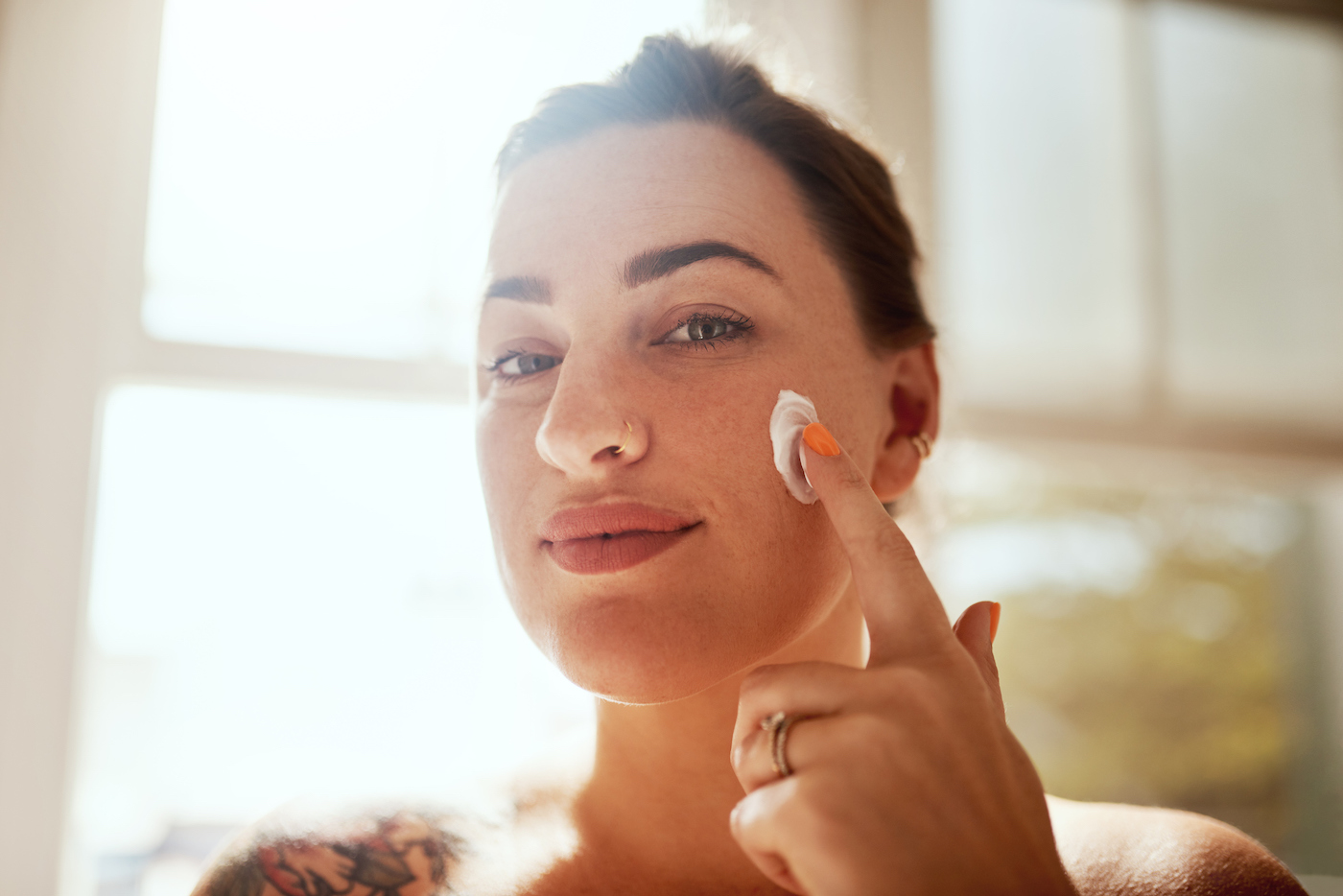
February 13, 2020 at 10:00PM by CWC
Pimples can be frustrating to treat and cover up, but when they start to ooze or bleed, it takes the frustration to a whole new level. Bleeding zits happen for a number of reasons, but the most common is from picking it (which you are most definitely not supposed to do). When that happens, however, there’s a playbook to follow so that it doesn’t turn into something worse.
“Pimples that bleed are often a consequence of picking them, which I know is tempting, but remember that it leads to more scarring,” says Robert Anolik, MD, a board-certified dermatologist in New York City. “Bleeding can also happen from incidental irritation from clothing or harsh exfoliation, especially when the pimple is an inflamed cyst and ready to rupture.” Angry cysts are delicate, and can get very inflamed, which makes them “very prone to bleeding with minimal trauma,” adds Adarsh Vijay Mudgil, MD, a board-certified dermatologist and founder of Mudgil Dermatology.
Your three-step plan for treating a bleeding pimple
1. Stop the bleeding: “Put pressure on the pimple for a minute or so to stop the bleeding,” says Dr. Mudgil. Use a tissue or a washcloth for the job.
2. Apply a topical treatment: Once the zit has stopped bleeding, Dr. Anolik recommends treating it with a salicylic acid topical product that will work to dry it out while nixing bacteria. You could also turn to benzoyl peroxide or Differin Gel ($16), says Dr. Mudgil.
ADVERTISEMENT
ADVERTISEMENTKate Spade Autumn/Winter Sale |
3. Leave it alone: Of course it’s tempting to mess with your open acne wound, but it’s so, so important to leave it alone. “You should definitely not harshly exfoliate the spot,” says Dr. Anolik, which applies until it’s fully healed. Dr. Mudgil adds that you should not squeeze it as it’s “a surefire way to get a blemish or a scar.”
This should take care of that sucker, but if it doesn’t, it’s best to make an appointment with a dermatologist. “Definitely don’t ignore them if they persist for a few weeks because a bleeding pink bump on the face could actually be a skin cancer,” says Dr. Anolik. And as always, the docs know best!
Get more tips on fighting acne from dermatologist Mona Gohara, MD, below:
Also useful is your comprehensive guide to all of the many types of acne and how to treat each. And here’s a derm-approved low-down on hormonal acne treatments for that time of the month.
Author Rachel Lapidos | Well and Good
Selected by CWC

ADVERTISEMENT
ADVERTISEMENTUp to 30% off Gift Sets |







